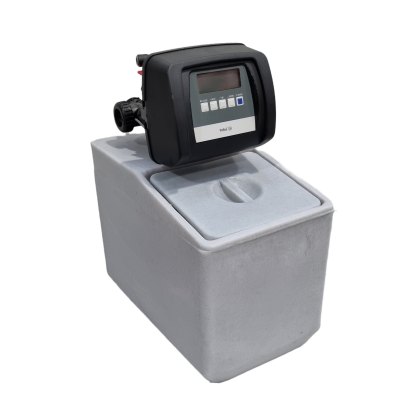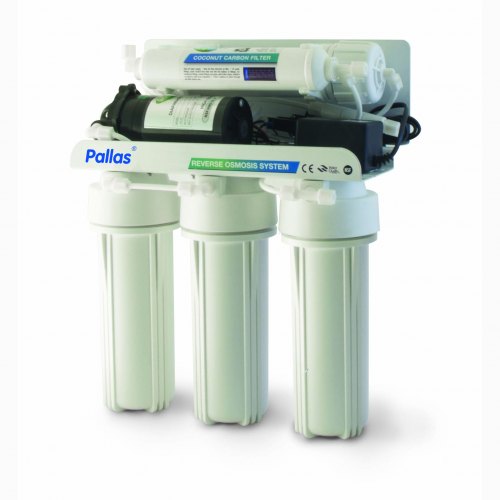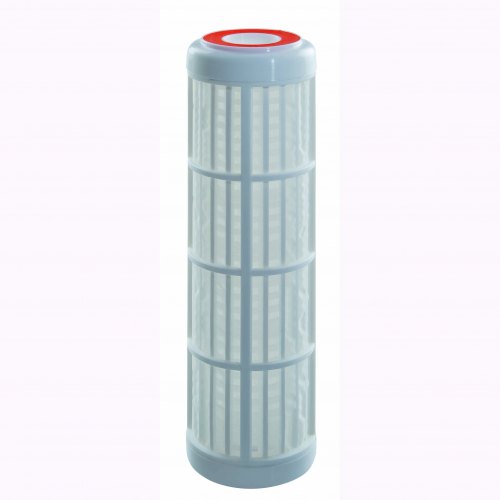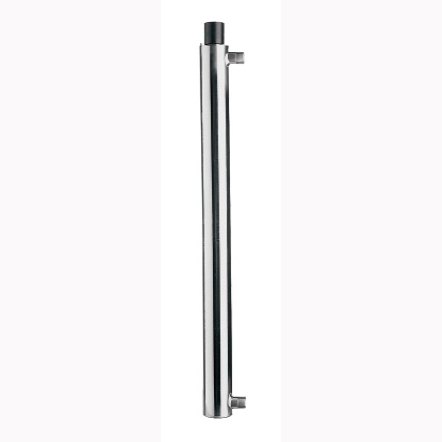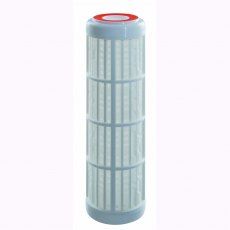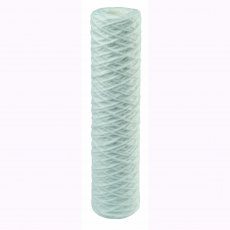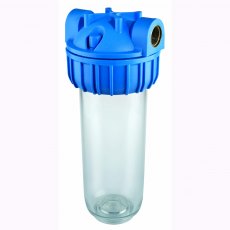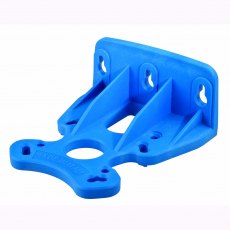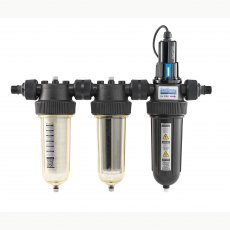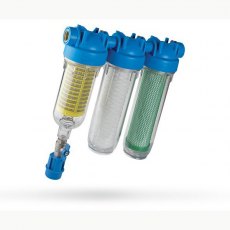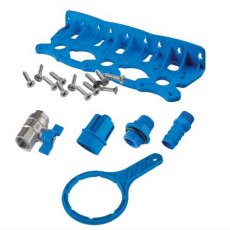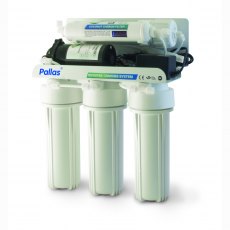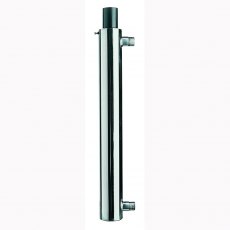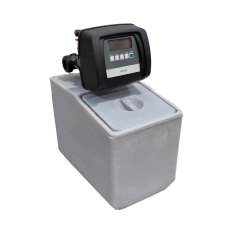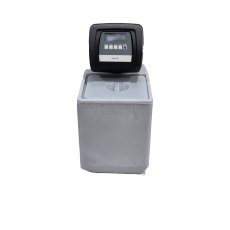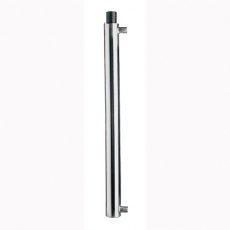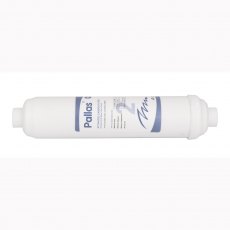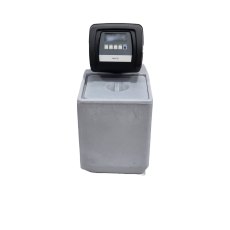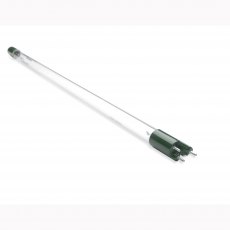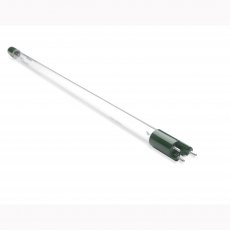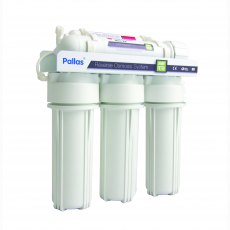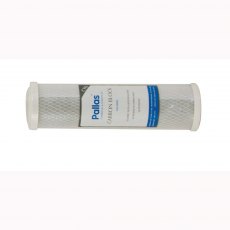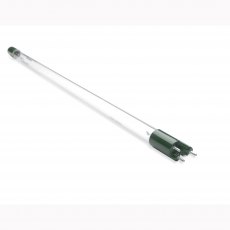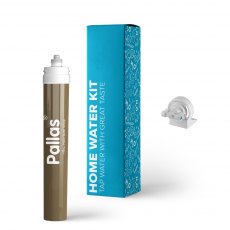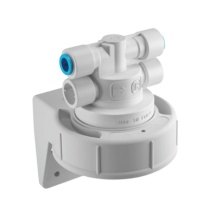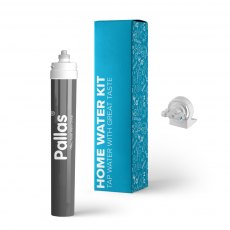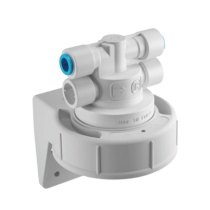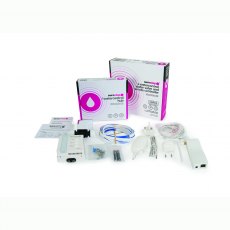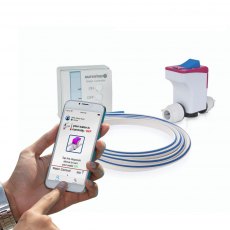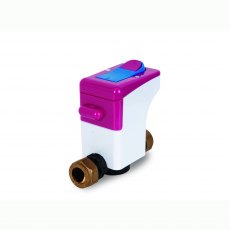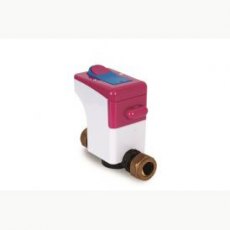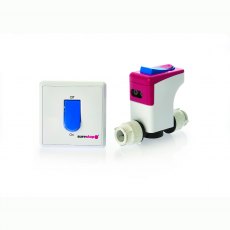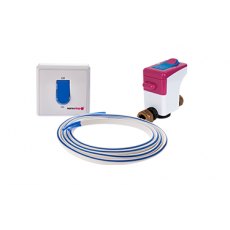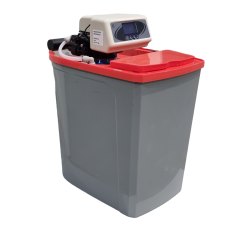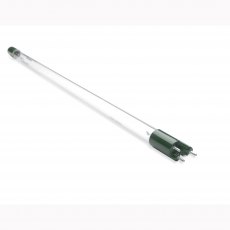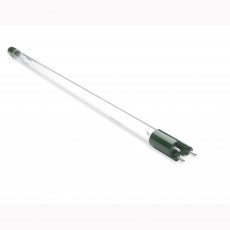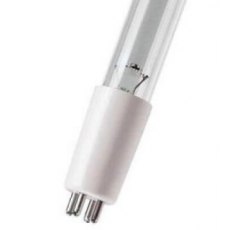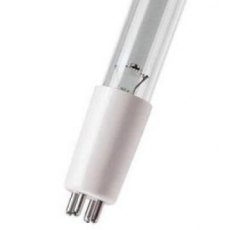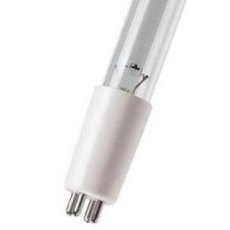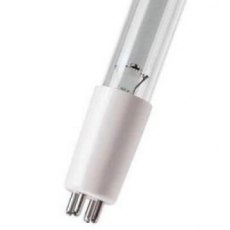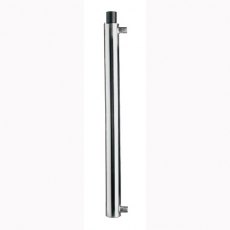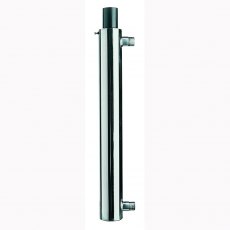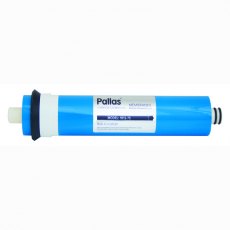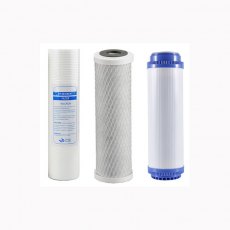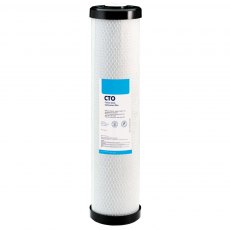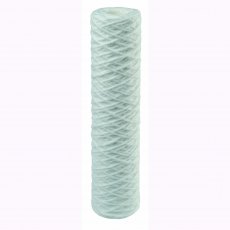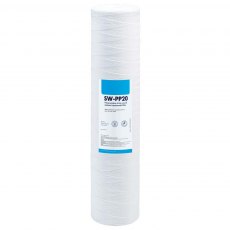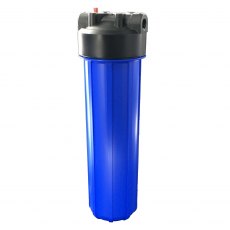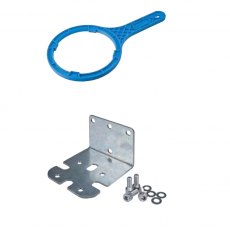Water Softeners & Purification FAQs
Where do you put the reverse osmosis system?
Typically used in kitchens to remove impurities and give pure water. A modern tap and fittings are also supplied.
How effective is UV water treatment?
UV light is normally effective against all viruses, bacteria and protozoa and kills 99% of water born microorganisms. However, some microorganisms such as Cryptosporidium and Giardia have protective or thick cell walls that some low power UV light systems are not able to penetrate.
How often should I change the UV lamp?
UV lamps should be replaced every 12 months. UV lamps have a lifespan of around 9000 hours. As they are used, they slowly lose their effectiveness and will no longer kill the bacteria as required.
The replacement UV lamps can also be purchased on Tanks.ie – Replacement UV Lamps
What are the disadvantages of UV Water Treatment?
While there are many benefits, there are a few challenges to UV water treatment. UV light is only able to remove microorganisms but does not remove other contaminants like heavy metal, salts, chlorine, or man-made contaminants. To counteract these issues a UV disinfection unit should be used in conjunction with filtration to remove these contaminants.
What are the advantages of using a UV Disinfection Unit?
- Safe and simple to install and use
- Instant treatment, no processing time
- No chlorine or other dangerous chemicals used and no residue left in the treated water
- Low maintenance and operating costs
- More environmentally friendly than harsh disinfection methods
- No change to the water properties
- Effective for destroying 99% of microorganisms
To see our full range of UV water treatment units click UV Disinfection Units
How does the UV light work?
UV light kills microorganisms in the water by penetrating the cell walls of bacteria, virus and protozoa and permanently alters the DNA making them unable to infect and reproduce.
Why would I install a UV disinfection unit?
If the water supply to your home is contaminated or not biologically safe, a UV disinfection unit may be the answer. As there are no chemicals such as chlorine used, there water tastes better also. The unit removes the harmful bacteria from your water making it safe to use.
Where can you use the UV disinfection unit?
This UV disinfection unit can be used on both mains water which may have bacterial contamination and well water which may become contaminated during different times of the year due to rainfall, septic tank and sewage leakage and animal waste.
What is a UV Disinfection Unit?
UV Disinfection is an economical, chemical-free and environmental way to safeguard drinking water against harmful bacteria. These units are designed to provide years of trouble-free operation with minimal maintenance, other than the recommended annual replacement of the UV lamps which Tanks.ie supply here.
How long will a reverse osmosis system last?
If your reverse osmosis system is regularly serviced and the filters are changed on a regular basis, the system should last up to 10 years.
How do I maintain my reverse osmosis system?
To keep your water as pure as possible, the filters in the system will need to be changed on average every 6-12 months, depending on usage.
To buy your replacement filters please go to Reverse Osmosis Systems
Why would I install a reverse osmosis system in my home?
Not only does our drinking water have contaminants in it, but fluoride and chlorine are also added. This can make our drinking water smell strongly and distasteful. By installing a reverse osmosis system you have great tasting drinking water. This means no more bottles water, better tasting food, tea and coffee. This can be used for baby making formula also.
How do I know if I need a water softener?
If the area you live in has hard water then, the chances are , you will benefit by installing a water softener. Some signs of hard water are staining on your sinks, toilets and bathtubs, limescale buildup on shower heads, kettles along with inside your washing machine, dishwasher and shower pumps. This can also lead to pipes and radiators clogging making your heating system work harder to push water through which in turn affects the efficiency of the boiler. Hard water makes soap and laundry detergent less effective and can make your skin and hair dry.
To see our range of water softeners click Water Softeners.
How does reverse osmosis work?
In reverse osmosis, an applied pressure is used to push the water from high concentration of contaminants to low concentration of contaminants. Water is forced in reverse and the contaminated water is trying to move into the pure water, but because it must pass through a filter first, the contaminants get trapped and only the pure water passes through; resulting in the cleanest possible drinking water.
What is a reverse osmosis water filter?
Reverse osmosis is a water purification process that uses a semi-permeable membrane (synthetic lining) to filter out unwanted molecules and large particles such as contaminants and sediments like chlorine, salt, and dirt from drinking water. In addition to removing contaminants and sediments, reverse osmosis can also remove microorganisms – which you certainly do not want to drink. It gets water clean down to a molecular level, leaving only pure water behind.
How often should one add salt to a softener?
Because newer water softener models are more efficient with salt use, typically you only will need to add salt every 6-8 weeks. It is a good idea to check the salt tank regularly to make sure that it is full.
Which types of salt are sold for application in a water softener?
You can only use salt designed for water softeners. These come in crystals, blocks or pellets. The type of water softener will determine the type of salt that is to be used.
How does a water softener work?
Put simply, hard water enters the water softener through the main water pipes. The hard water flows into the water softener and into a mineral tank containing resin beads. The resin beads collect the minerals and substitute them with sodium ions that soften water. Captured minerals cling to the beads, leaving soft water to flow into the plumbing system. Salt is then used in a brine solution to clean the beads of the mineral and regenerate, flushing the minerals down the drain.
What is a water softener?
Home water softeners, also called ion exchange units, are appliances that remove calcium, magnesium, and other minerals from drinking water. Resin beads inside the softener trap the calcium and magnesium and exchange them for sodium or potassium. Once the resin beads become full of calcium and magnesium, a highly concentrated salt solution removes the calcium and magnesium from the beads. After passing through the beads, the resulting chloride solution becomes a waste stream that goes down the drain and ultimately into the environment.
Is it OK to drink softened water?
Generally, yes, softened water is okay to drink by healthy people but does contain a small amount of sodium. The harder the water that was softened, the higher the sodium content. People who are on a low sodium diet and babies should not drink softened water. If installed correctly, there should be one tap that is from the mains directly and not run through the water softener.
How long do water softeners last?
The average life expectancy is about 10 – 15 years depending on the system you purchase.
What are the benefits of installing a water softener?
By installing a water softener in your home you will see the following benefits:
- 100% limescale removed
- Washing machine works better with less detergent
- Hair and skin is softer
- Longer life on appliances such as kettles, dishwashers, washing machines and electric showers
- Helps saves on energy bills as water pipes are not clogged and hot water cylinders last longer. Also saves money on soaps and detergents as less are needed with soft water.
To see our range of water softeners please click Water Softeners
Can I test for hard water?
Yes, you can now buy home water tests to see how hard your water is. Generally, the following table will tell you how hard your water is:
Classification
Soft
0 – 17.1 Mg/L or ppm / 0 – 1 Grains per Gallon (gpg)
Slightly hard
17.1 – 60 Mg/L or ppm/ 1 – 3.5 Grains per Gallon (gpg)
Moderately hard
61 – 120 Mg/L or ppm/ 3.5 – 7.0 Grains per Gallon (gpg)
Hard
121 – 180 Mg/L or ppm/ 7.0 – 10.5 Grains per Gallon (gpg)
Very hard
180+ Mg/L or ppm/ 10.5+ Grains per Gallon (gpg)
What is hard water?
Hard water is water that has a high mineral content while percolating through rock which has deposits of limestone, chalk or gypsum. The higher level the mineral content, the harder the water. Hard water is very common in Ireland.

 Login
Login
